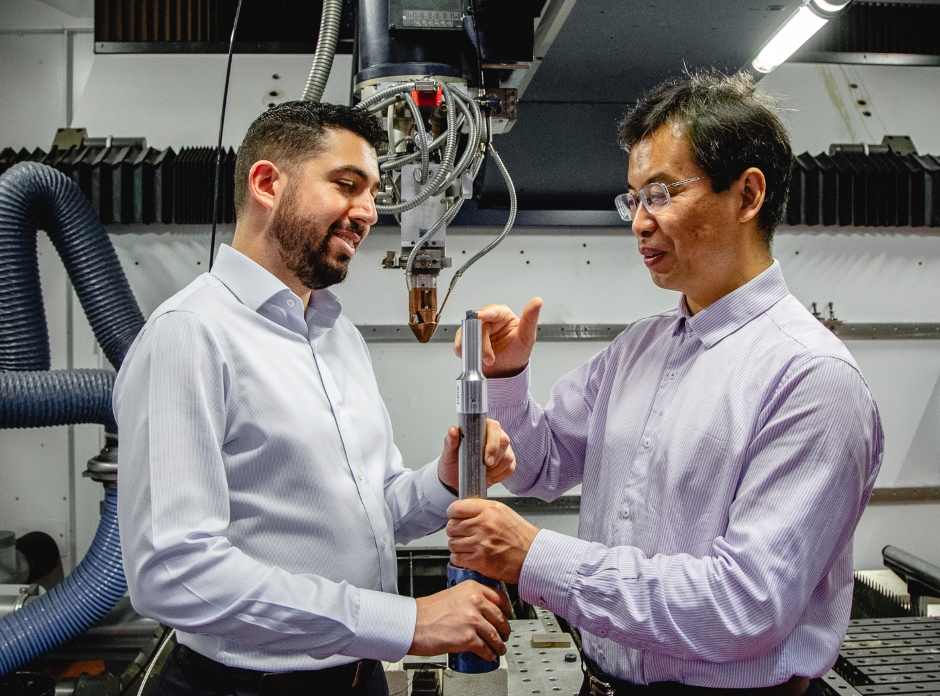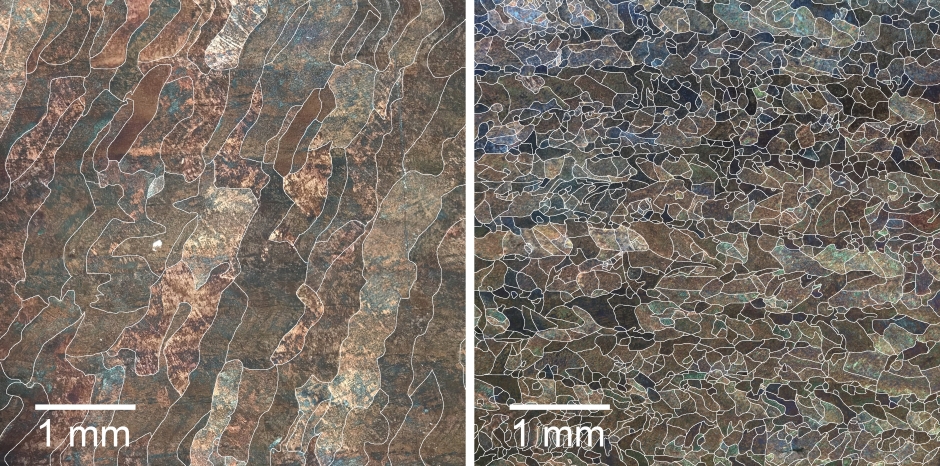
The study of ultrasound’s impact on the inner micro-structure of 3D printed alloys was conducted at RMIT University in Melbourne and has been published in Nature Communications.
Lead author and PhD candidate from RMIT University's School of Engineering, Carmelo Todaro, said the results could inspire new forms of additive manufacturing.
Holographic beam shaping for additive manufacturing
Additive manufacturing can reduce industry’s environmental impact
"If you look at the microscopic structure of 3D printed alloys, they're often made up of large and elongated crystals," Todaro said in a statement.
"This can make them less acceptable for engineering applications due to their lower mechanical performance and increased tendency to crack during printing."
"But the microscopic structure of the alloys we applied ultrasound to during printing looked markedly different: the alloy crystals were very fine and fully equiaxed, meaning they had formed equally in all directions throughout the entire printed metal part."

According to RMIT, testing showed these parts had a 12 per cent improvement in tensile strength and yield stress compared with those made through conventional additive manufacturing.
The team demonstrated their ultrasound approach using Ti-6Al-4V, a titanium alloy commonly used for aircraft parts and biomechanical implants, and Inconel 625, a nickel-based superalloy used in marine and petroleum industries.
By switching the ultrasound generator on and off during printing, the team also showed how specific parts of a 3D printed object can be made with different microscopic structures and compositions, which RMIT said is useful for functional grading.
"Although we used a titanium alloy and a nickel-based superalloy, we expect that the method can be applicable to other commercial metals, such as stainless steels, aluminium alloys and cobalt alloys," said study co-author and project supervisor, RMIT's Distinguished Professor Ma Qian. "We anticipate this technique can be scaled up to enable 3D printing of most industrially relevant metal alloys for higher performance structural parts or structurally graded alloys."




Glasgow trial explores AR cues for autonomous road safety
They've ploughed into a few vulnerable road users in the past. Making that less likely will make it spectacularly easy to stop the traffic for...